Reliable Connector Cables: Types and How to Choose
July 28,2025
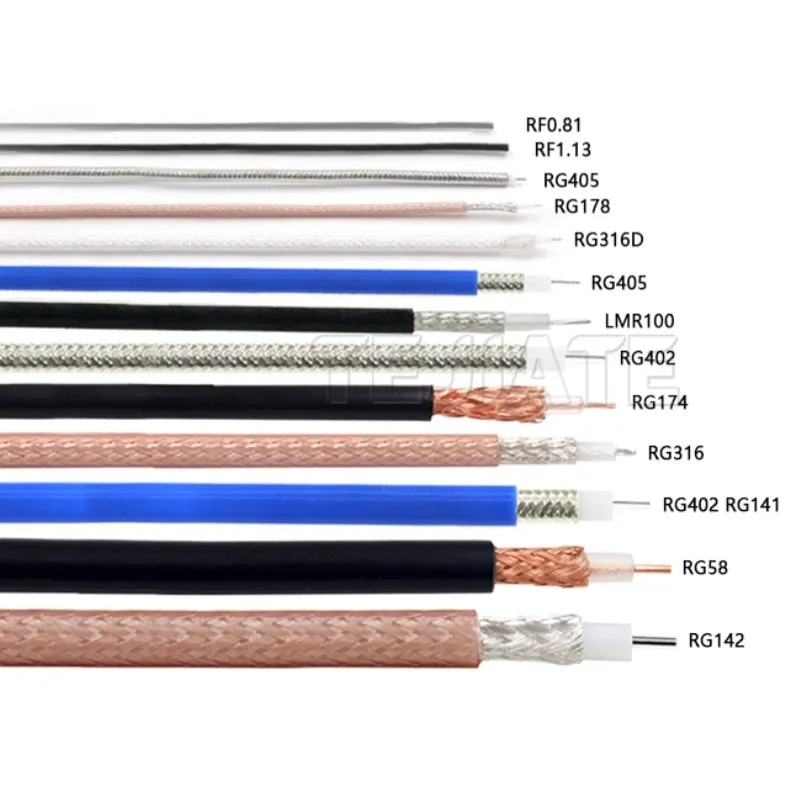
Picking the right connector cable isn’t just about fit – it’s about performance.
Whether you’re wiring a home studio, setting up a 5G base station, or running industrial automation lines, a poor cable choice can ruin signal integrity.
Signal dropouts? Interference? Loose fits? These often come down to one thing — the wrong connector.
But with dozens of types — from BNC to RJ45, RCA to SMA — how do you know what’s best?
This guide skips the fluff and helps you zero in on what truly matters.
What Should You Really Look at When Choosing Connector Cables?
There’s no one-size-fits-all. The perfect connector depends on your setup. Focus on 5 essentials:
compatibility, signal requirements, build quality, environmental resistance, and ease of use.
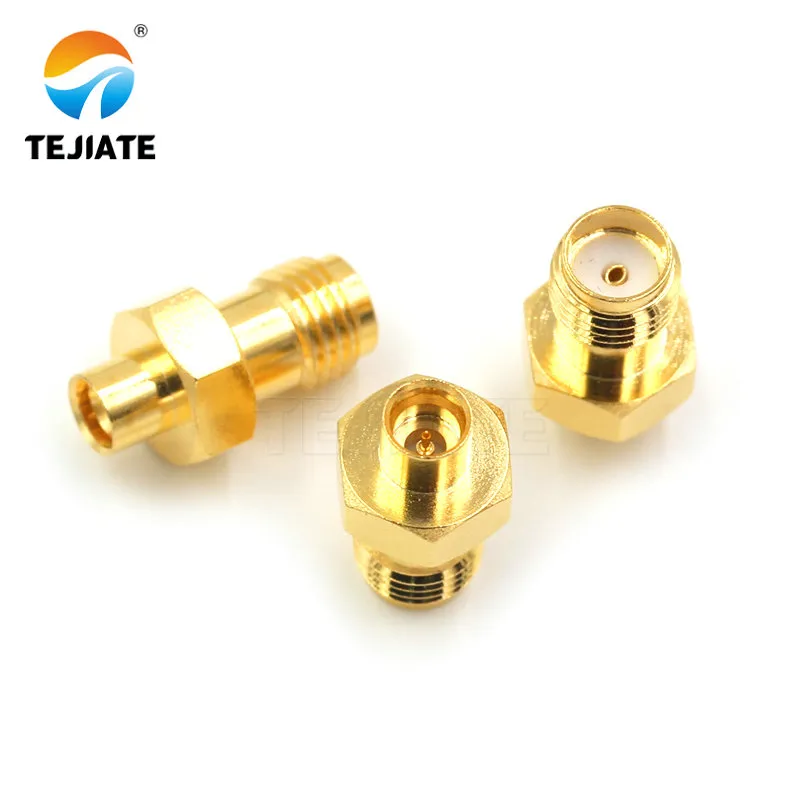
The image shows a threaded connector, commonly used in RF setups requiring secure mating, torque locking, and mechanical durability.
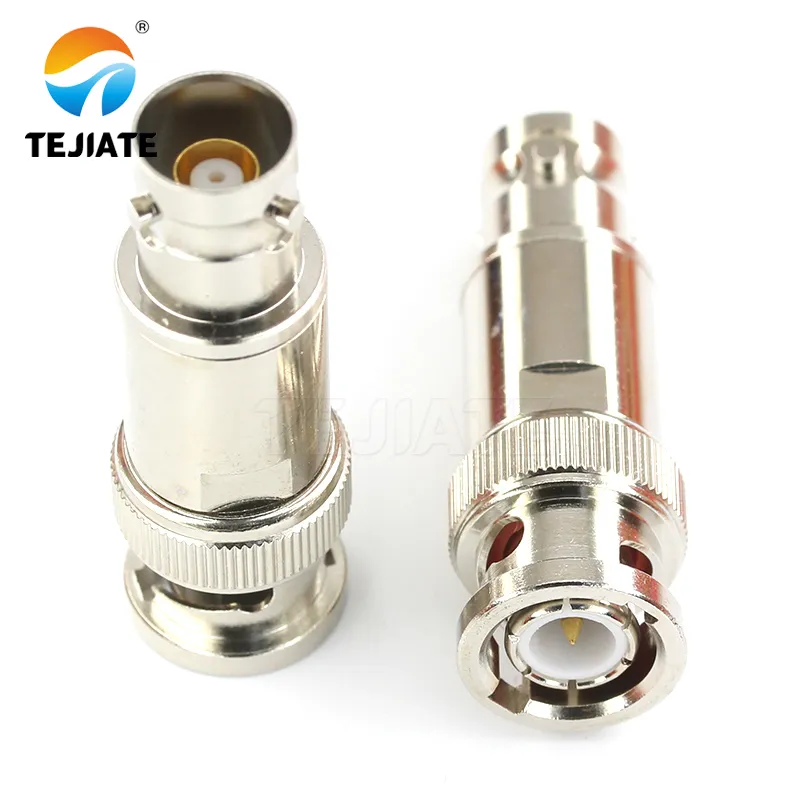
This connector style uses a twist-lock motion for quick installation, making it ideal for applications where fast setup and moderate mechanical holding are needed.
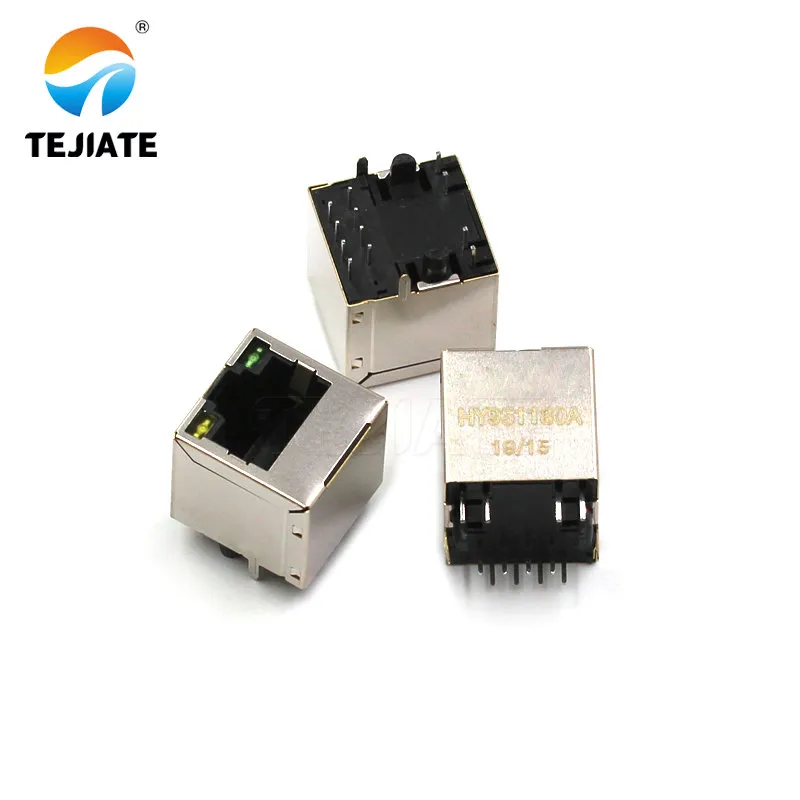
The snap-lock connector provides fast and secure engagement for consumer electronics and low-power signal use, especially where ease-of-use is a priority.
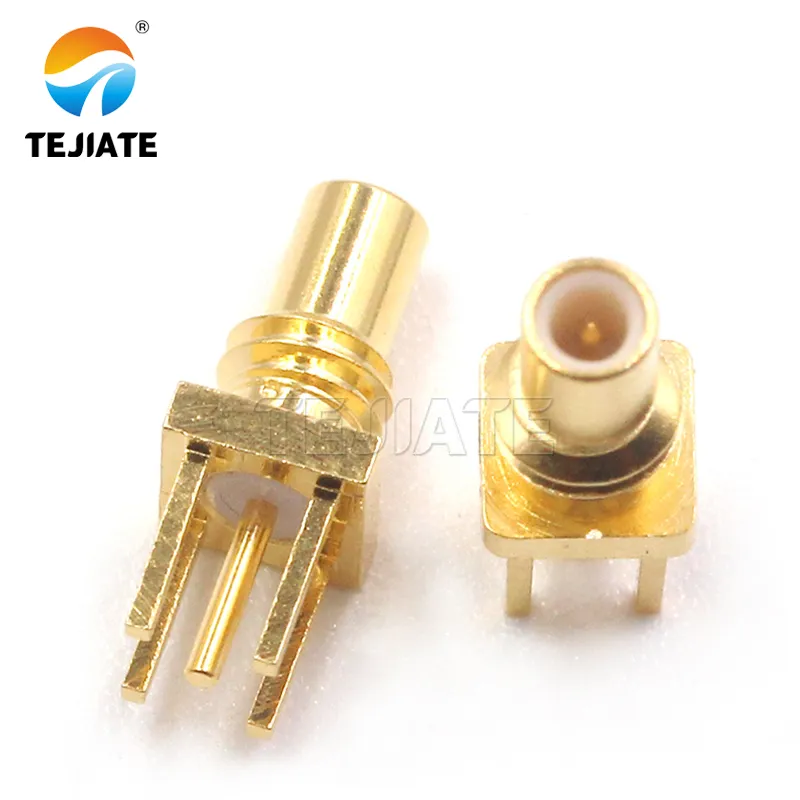
Crimp and clamp connectors are used in field-assembled RF cable systems, ensuring durable electrical contact and mechanical retention.
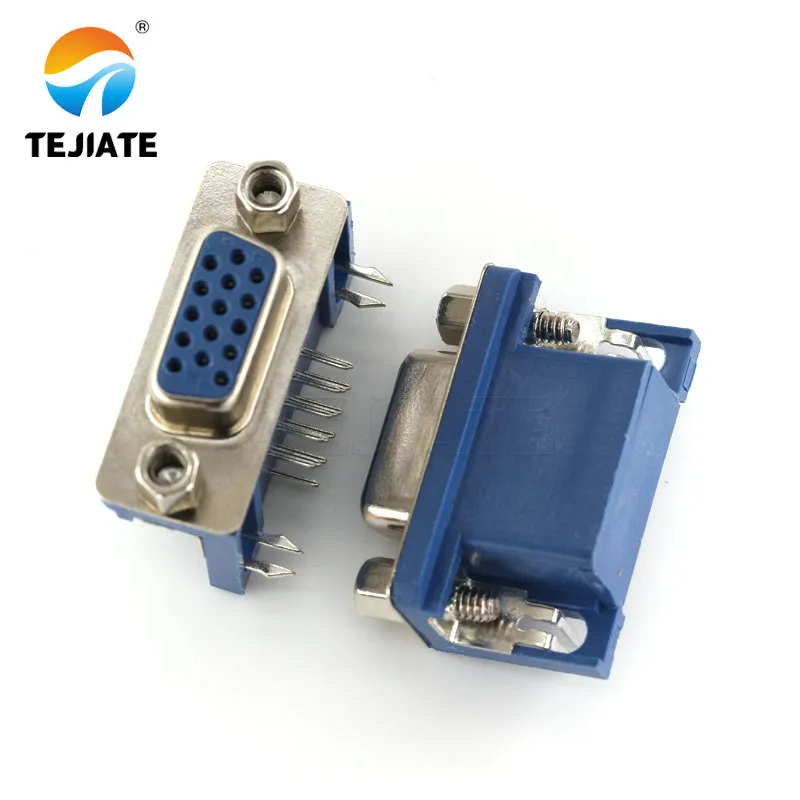
Pin-and-socket connectors provide reliable connections for power and data lines in electronics, offering consistent contact over multiple mating cycles
Compatibility matters first.
Your connector must fit both your cable and your device.
HDMI for screens, RJ45 for networks, SMA for RF — get this wrong, and nothing works.
Signal needs are critical.
Carrying power? High-speed data? Each scenario needs specific support.
For high-frequency signals, use coaxial or shielded connectors to cut interference.
Build quality can’t be overlooked.
Gold-plated pins, corrosion-resistant metals, and tough shells aren’t just for show —
they last longer and hold better under daily wear.
Environment is everything.
Is this cable going outside? Near machinery? Under heat or moisture?
You’ll need IP-rated or rugged connectors to avoid failure.
Installation should match your skills.
No tools? Go for plug-and-play or pre-crimped options.
If you’re soldering or crimping, make sure you’ve got the gear.
Common Connector Cable Types and Where They Shine
Connector cables come in many varieties, each designed for a specific purpose. Here are some of the most common categories and where they’re used:
RF / Coaxial Connectors
Think TV antennas, satellite dishes, RF test gear — that’s where these shine.
Go for F-type in cable TV, BNC for pro video, and SMA for compact RF use.
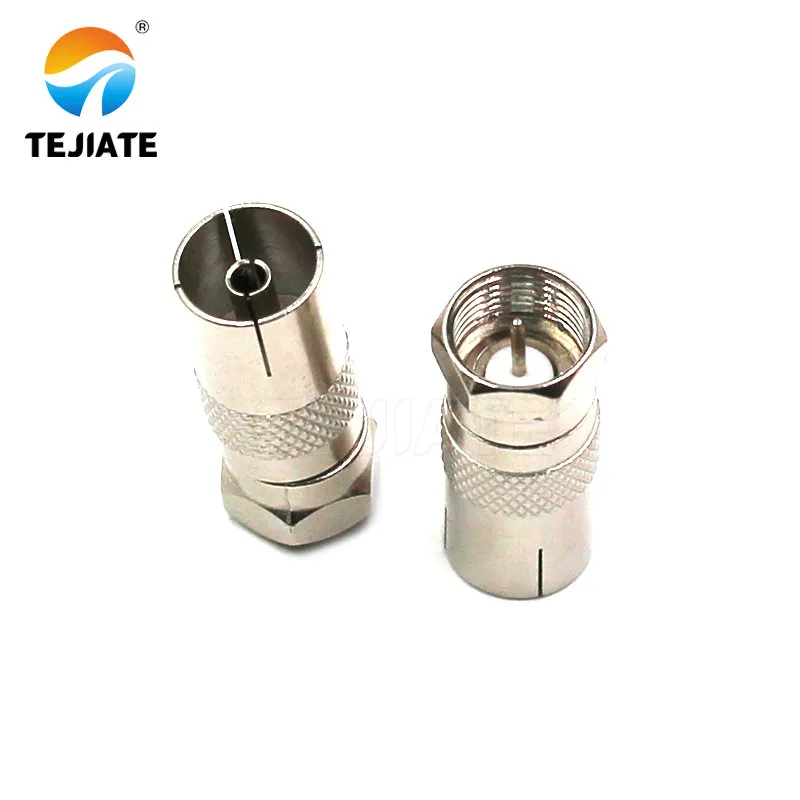
F-Type connectors are widely used in residential and commercial cable television systems, providing reliable connections with minimal signal loss.
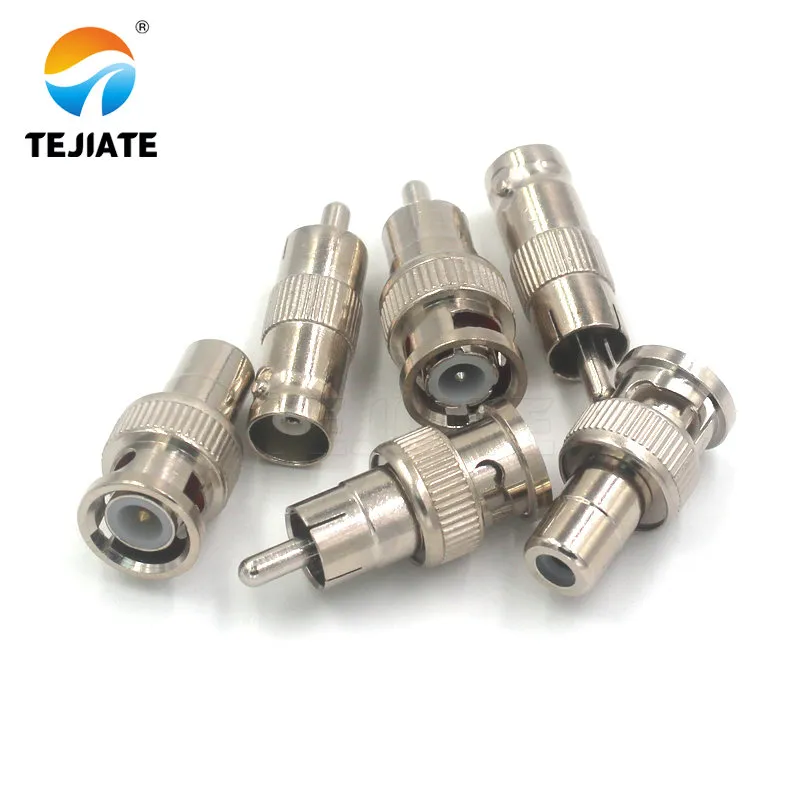
BNC connectors offer easy-to-use locking and are ideal for low-frequency RF applications, including lab instruments and analog video systems.
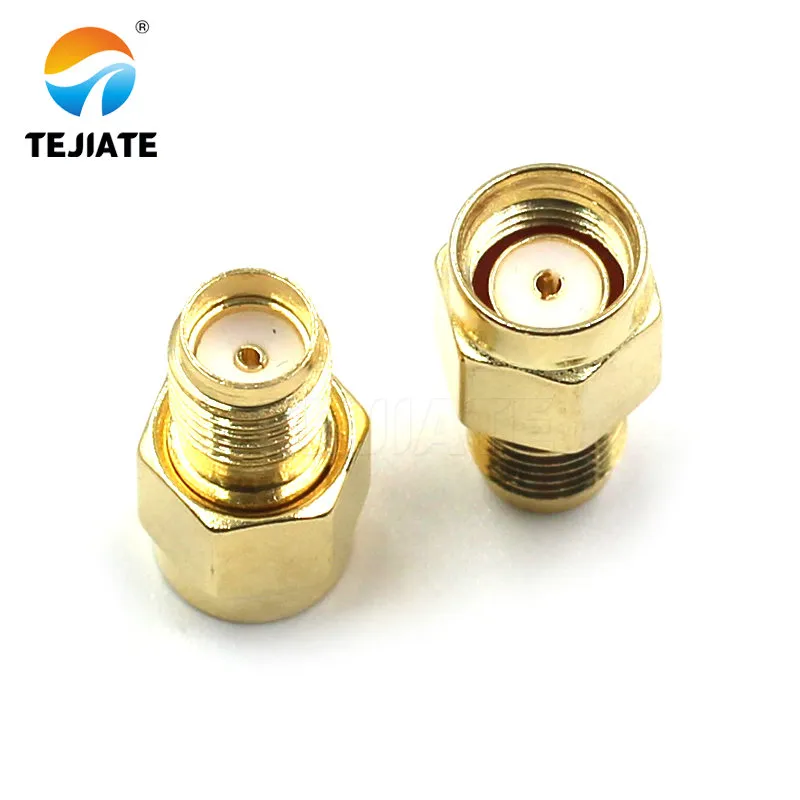
SMA connectors are compact threaded RF connectors designed for frequencies up to 18 GHz, commonly used in radar, antennas, and test setups.
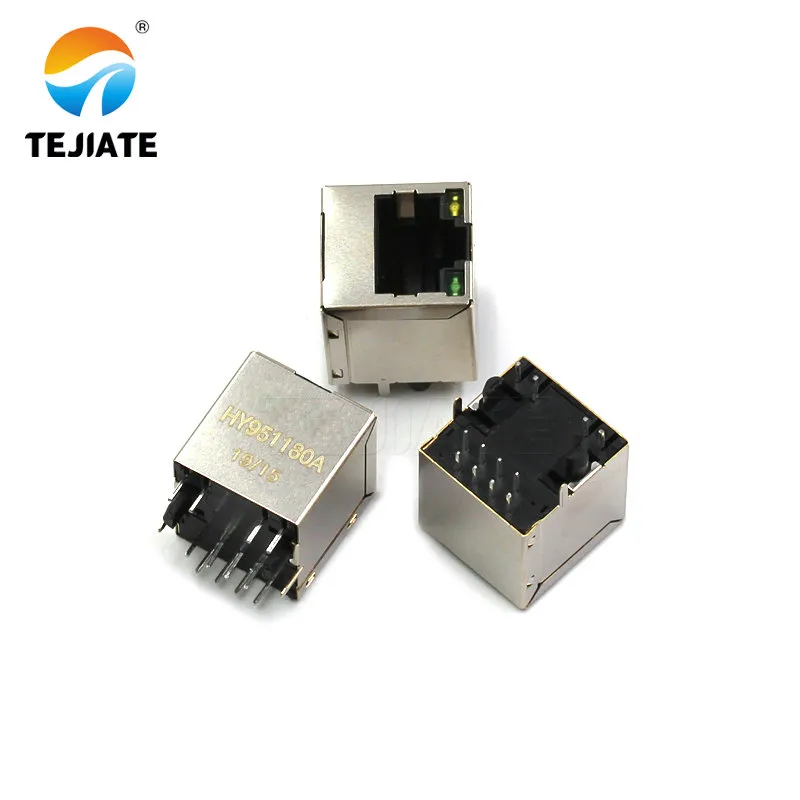
The RJ45 connector is the standard for Ethernet communication, supporting gigabit speeds in both residential and enterprise network environments.
Audio Connectors
Whether you’re listening or recording, audio connectors are everywhere.
Use 3.5 mm plugs for phones, RCA jacks for home stereo, and XLR for clean mic signals.
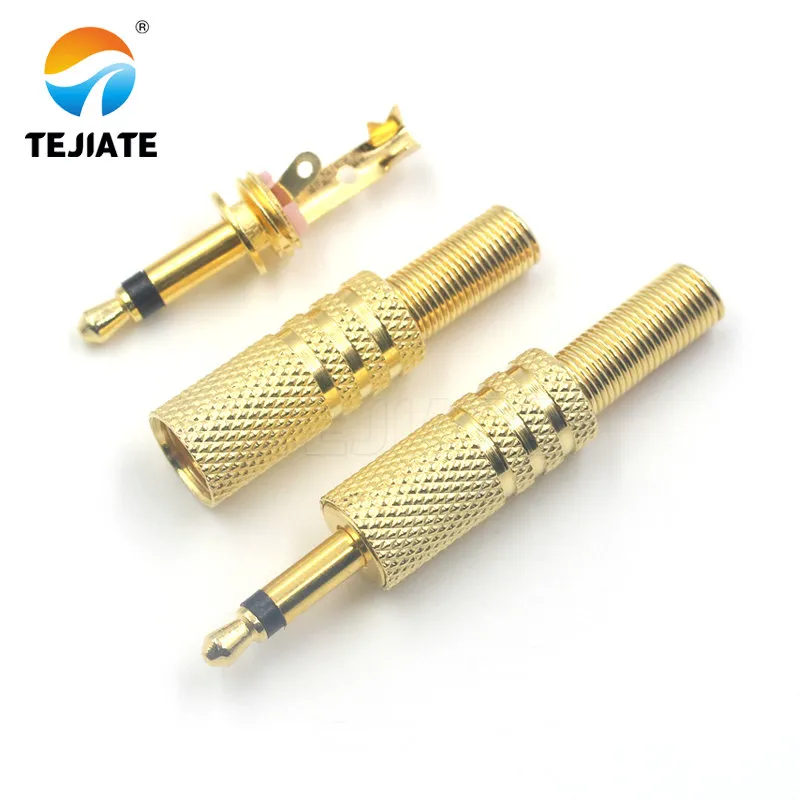
The 3.5mm TRS plug is a universal analog audio interface found in phones, laptops, and speakers, widely used for stereo headsets.
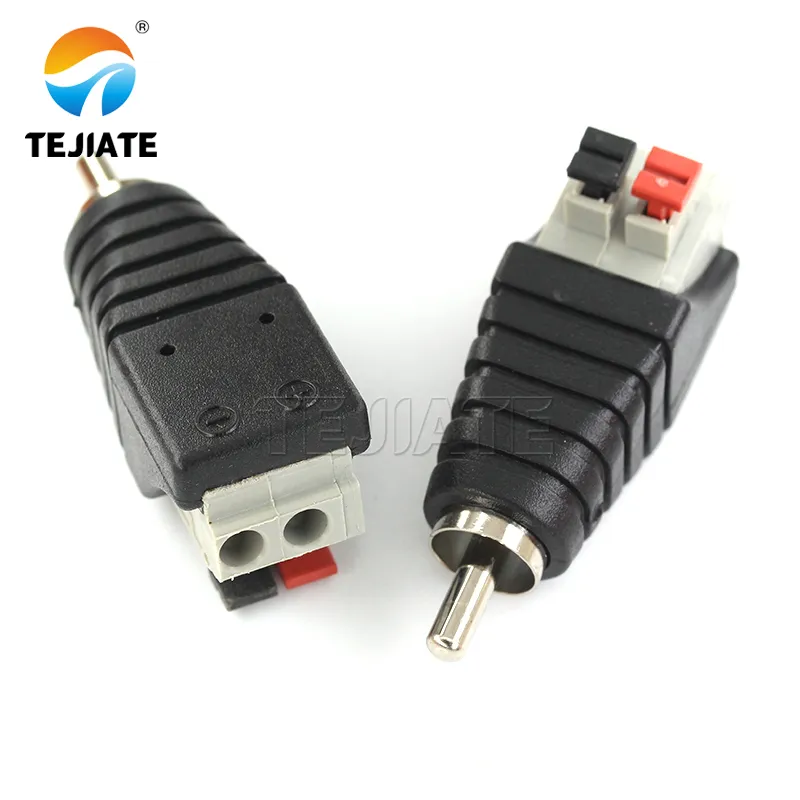
RCA connectors are color-coded plugs used in home AV systems, connecting audio components like DVD players, amplifiers, and TVs.
Video Connectors
For HD displays, HDMI and DisplayPort carry the load.
Older gear? You’ll still see VGA on projectors and legacy monitors.
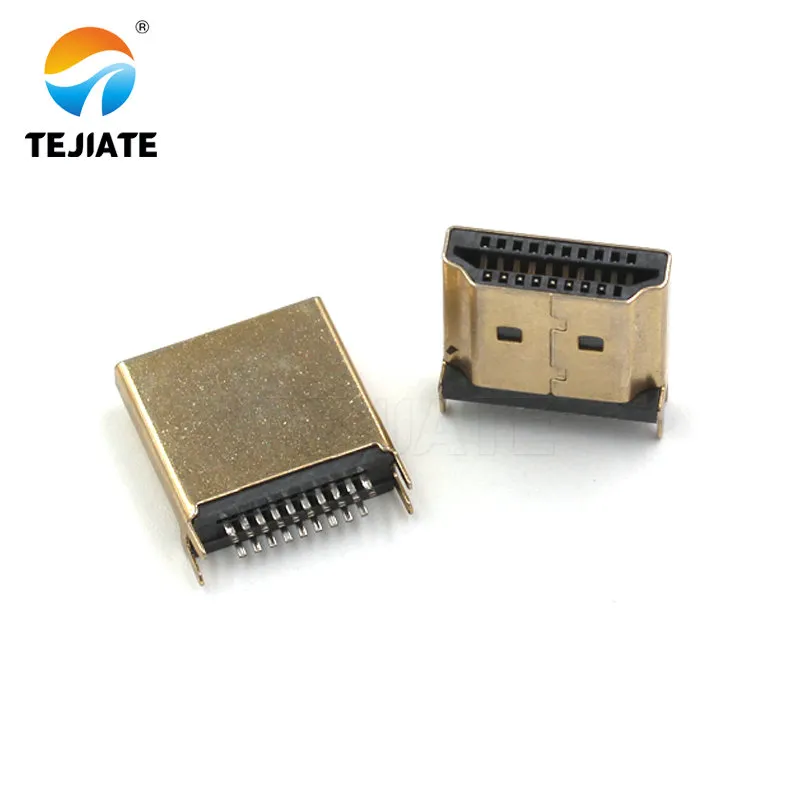
The HDMI connector enables high-definition multimedia transmission for TVs, monitors, and projectors, offering plug-and-play convenience.
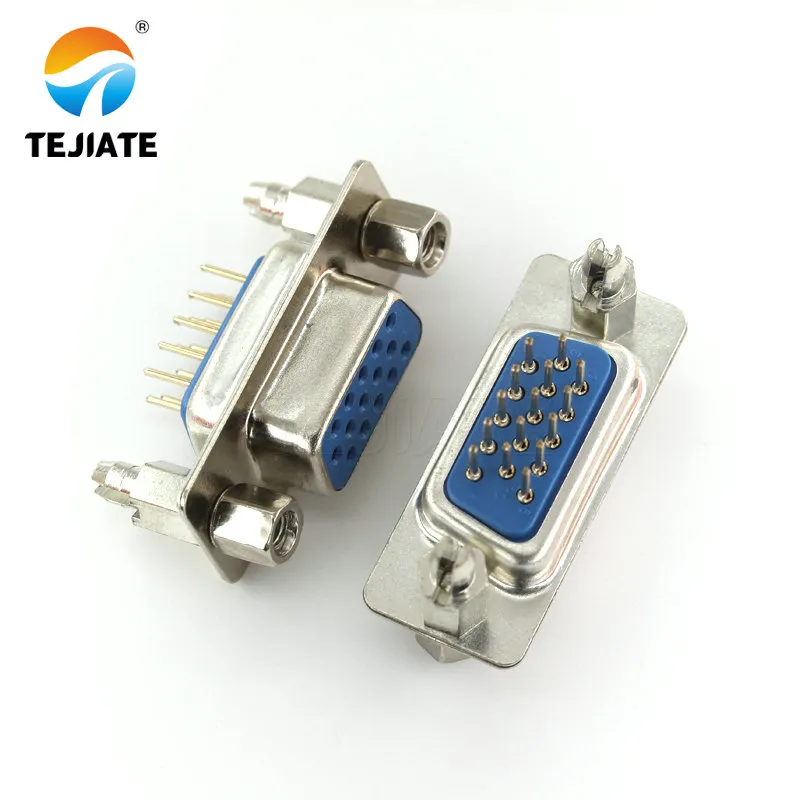
DisplayPort is a digital display interface primarily used to connect a video source to a display, also supporting audio and USB data
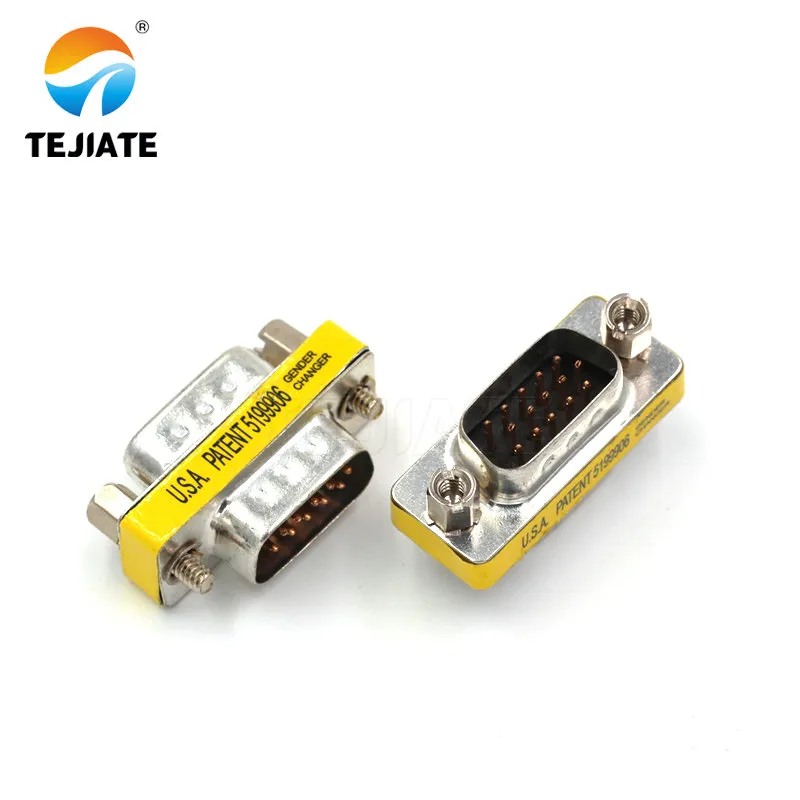
VGA is a 15-pin analog video connector that was once standard for computer displays before HDMI and DVI became mainstream.
Power Connectors
These carry current, not data.
Think DC barrel plugs, car battery clamps, or locking AC plugs on industrial tools.
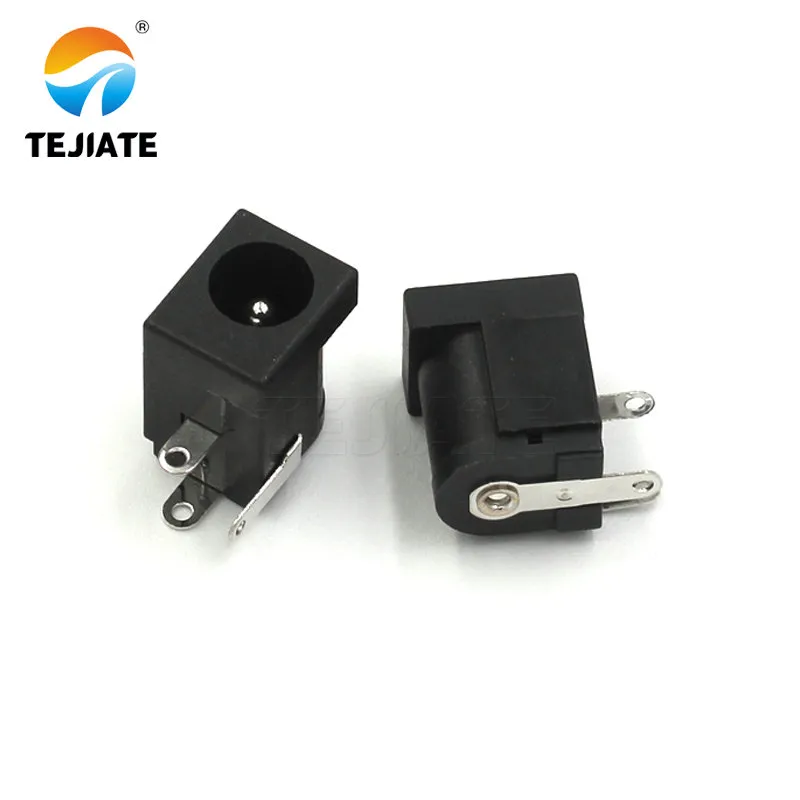
DC barrel plugs are standardized by tip size and polarity, commonly used in external power adapters for electronics and IoT devices.
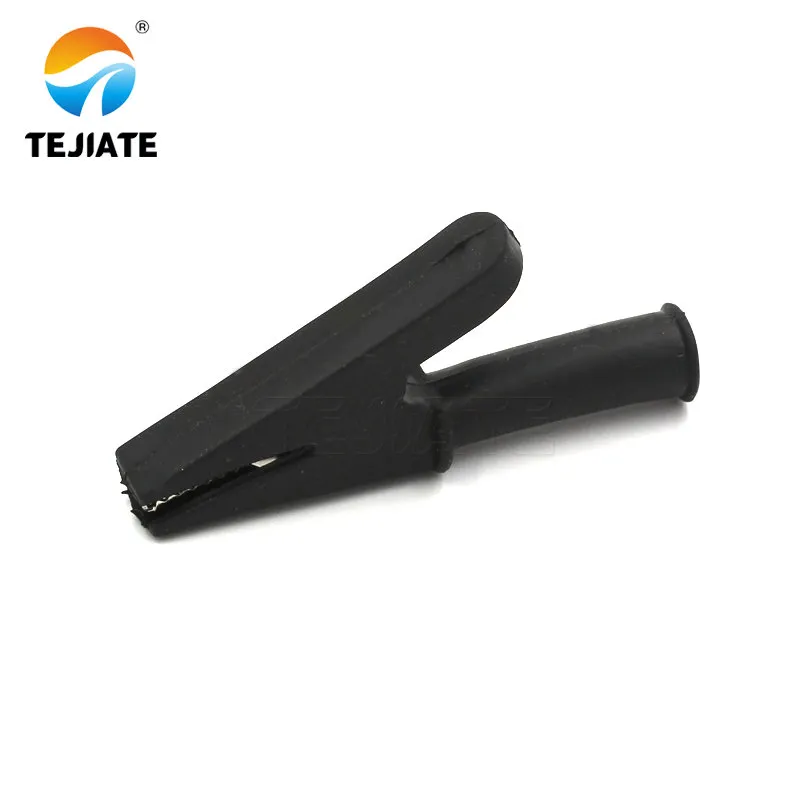
Strain relief devices are used to protect the connector-cable interface from mechanical fatigue, especially in mobile or high-tension applications.
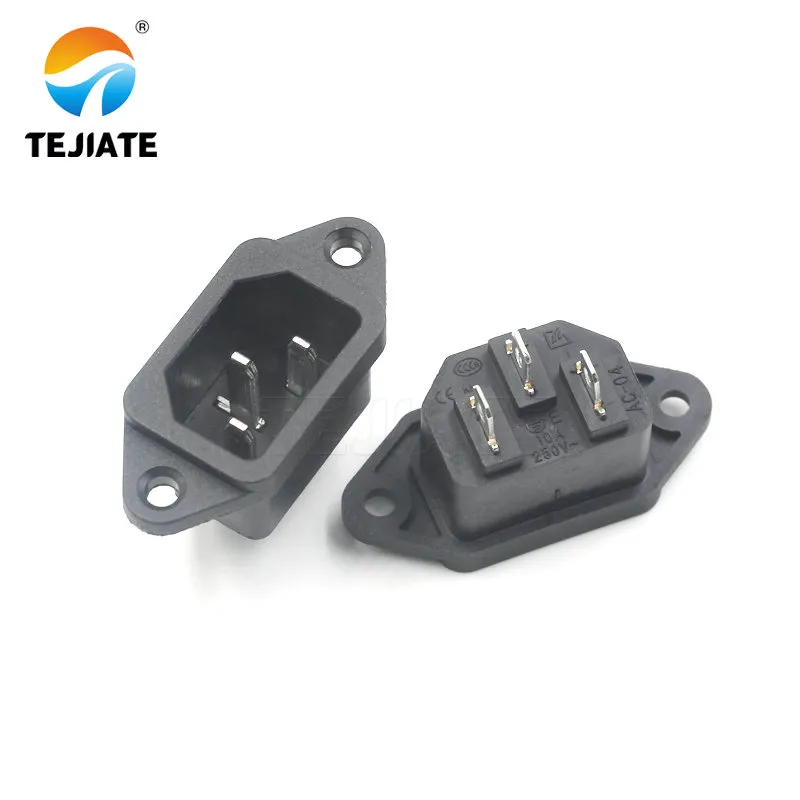
Locking AC plugs are used in industrial and medical equipment to ensure uninterrupted power, especially in environments with frequent movement or vibration.
Wire Terminals & Splices
Joining wires? Wire nuts twist on household lines.
Butt splices crimp two wires together fast — no soldering needed.
PCB Connectors
Tiny but mighty.
Pin headers and sockets let you plug cables straight into a circuit board — just like a PC’s motherboard.
| Connector Category | Examples | Typical Applications |
|---|---|---|
| RF / Coaxial | F-type, BNC, SMA | Cable TV lines, antenna connections |
| Network (Ethernet) | RJ45 plug (8P8C) | LAN networking (Ethernet) |
| Audio | 3.5 mm jack, RCA, XLR | Headphones, home stereo, pro audio |
| Video | HDMI, DisplayPort, VGA | HDTVs, monitors, projectors |
| Power | Battery clamp, DC barrel | Car batteries, DC adapters, machinery |
| Wire Terminals | Wire nut, Butt splice | Home wiring, auto splices |
| PCB / Internal | Pin header, PCB socket | Connecting cables to circuit boards |
Which Industry Standards and Certifications Matter for Connector Cables?
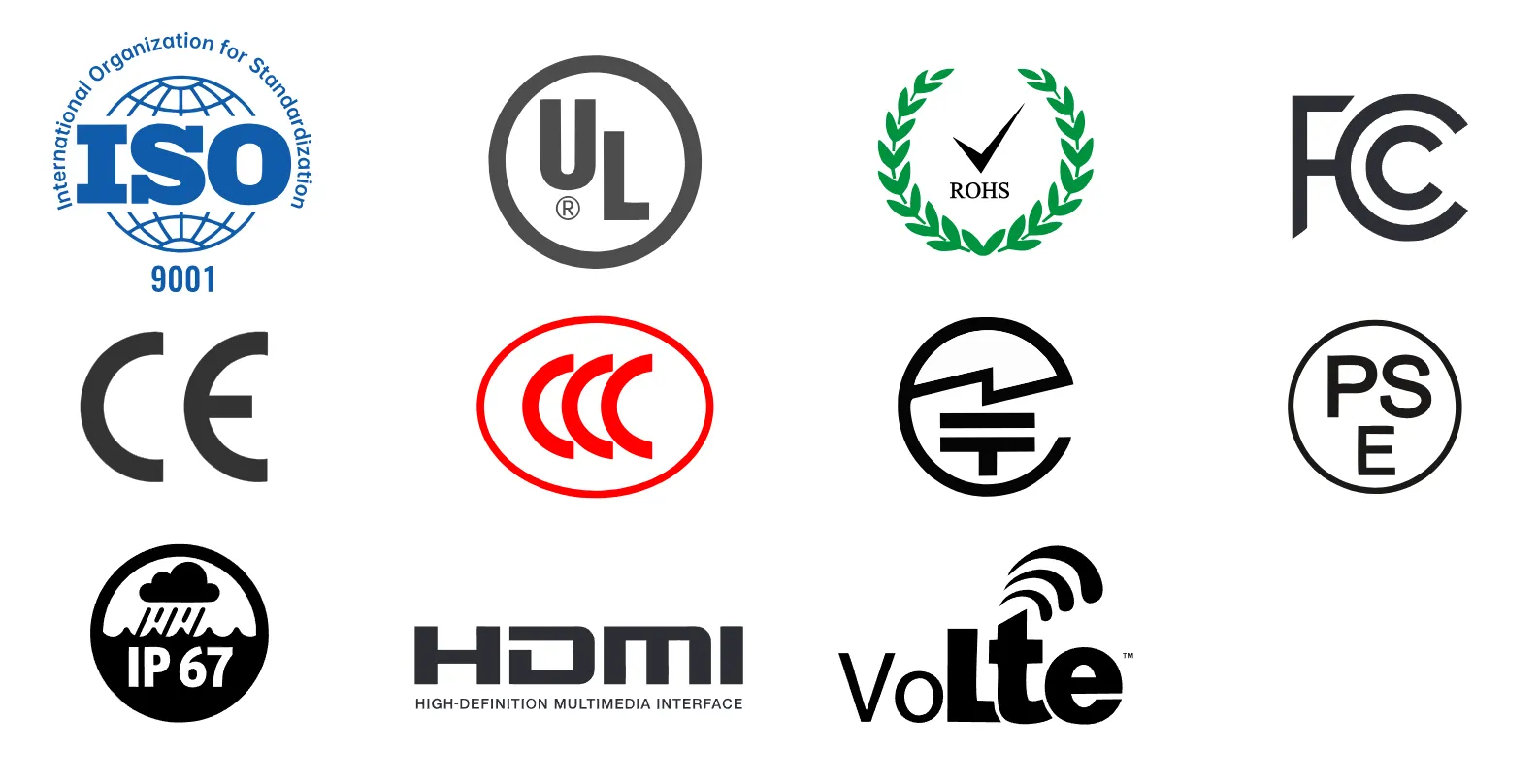
Match the Ethernet Category – Or Lose Speed
Got a Cat6 cable but using a cheap Cat5-rated connector? You’ll cap your speed.
Make sure your RJ45 plugs match the same category as the cable — Cat5e, Cat6, or Cat8.
Tip: Mixing categories = speed bottlenecks and network instability.
UL / CSA Ratings – Don’t Skip the Fire Safety
Running cables in walls or ceilings? You must look for UL-listed or CSA-certified connectors.
These meet fire, insulation, and build code requirements — essential for legal compliance.
Especially in the US and Canada, lack of UL/CSA can get your entire project rejected.
IP Ratings – Not Just for Smartphones
Outdoor connections or factory floors? Use IP67+ rated connectors.
IP67 = fully dust-tight + resists water immersion up to 1m. It’s not overkill — it’s reliability.
For field-deployed antennas or vehicle-mounted gear, IP68 or IP69K may be better.
RF Impedance – The Hidden Killer of Signal Quality
RF systems are picky.
Use 50 Ω or 75 Ω connectors that exactly match your coaxial cable — mismatch = signal bounce and loss.
Don’t forget frequency limits. An SMA rated to 6 GHz won’t handle a 12 GHz signal cleanly.
Digital Signal Certifications – Especially for Video
Not all HDMI cables are created equal.
Look for HDMI certified logos to ensure proper support for 4K, HDR, and refresh rate syncing.
Same applies to DisplayPort, USB-C, and Thunderbolt — check the version and certification label.
ISO 9001 – Quality Starts at the Source
Buy from manufacturers with ISO 9001 certification.
This ensures each connector batch is tested, tracked, and made under strict quality controls.
TEJTE follows ISO 9001:2015 quality standards for consistent manufacturing.
Why It Matters:
Certifications aren’t just bureaucracy — they ensure safety, signal integrity, and system compatibility across suppliers.
Industry Standards at a Glance
| Standard / Rating | What It Ensures | Where It Applies |
|---|---|---|
| UL / CSA Certified | Fire safety, insulation, electric shock protection | Building wiring, industrial cables |
| IP67 / IP68 | Waterproofing, dust resistance | Outdoor use, vehicle systems, marine setups |
| 50 Ω / 75 Ω Impedance | Signal reflection prevention, optimal RF performance | Coaxial cable assemblies (RF, TV, test systems) |
| HDMI / DisplayPort Cert. | 4K, HDR, high-speed video/audio compliance | Home theater, digital signage, conferencing |
| ISO 9001 | Manufacturing quality and product consistency | All high-reliability applications |
Use this chart to quickly cross-check what standards matter most for your use case.
Need Certified, Reliable Connector Cables? TEJTE Has You Covered
Looking for UL-certified RF cables, IP67 connectors, or ISO-verified OEM assemblies?
Explore our product range here:
TEJTE RF Connectors – Tested for Global Standards
- ✔ Custom assemblies with matched impedance and shielding
- ✔ Verified ISO 9001:2015 manufacturing
- ✔ Pre-tested to meet CAT, HDMI, and RF benchmarks
Need help picking the right cable? Contact our engineers for a free consultation.
FAQ: Connector Cable Standards & Certifications
Q1: Can I use a non-UL listed cable for home or office wiring?
A: Technically yes, but it may violate local building codes and increase fire risk. UL/CSA listings are highly recommended.
Q2: What happens if I mismatch impedance on an RF connector?
A: You’ll get signal reflection, loss, and possible equipment damage at high frequencies. Always match 50 Ω to 50 Ω or 75 Ω to 75 Ω.
Q3: Do HDMI certifications really matter for 4K setups?
A: Absolutely. Certified HDMI ensures true 4K, HDR, and refresh rate sync. Non-certified cables often underperform or cause glitches.
Q4: What if my cable is IP67 but the connector isn’t?
A: The weakest link rules. If the connector isn’t weatherproof, moisture will enter, and the whole assembly fails.
Q5: Does TEJTE provide certification documents with cable orders?
A: Yes. For OEM, test lab, or industrial clients, we can include ISO certs, impedance test results, and compliance declarations upon request.
Why Trust TEJTE with Your Connector Cable Needs?
All Types, One Source
From bulky N-type RF connectors to tiny MMCX for compact gear —
TEJTE’s catalog is one of the most complete in the industry.
Need a hard-to-find part? Chances are — TEJTE already makes it.
Built to Handle the Tough Stuff
TEJTE connectors aren’t just built — they’re engineered for performance.
Whether it’s GHz-level RF transmission or dusty, high-vibe environments, signal stays clean.
Custom Cable Assemblies — Made Your Way
Can’t find an off-the-shelf cable? No problem.
TEJTE offers custom assemblies with your exact connector types, lengths, shielding, or labeling.
Short runs or high-volume — their team scales with you.
Tested. Then Tested Again.
Every product goes through multi-point QC testing —
including signal integrity, pull strength, frequency response, and more.
You don’t just get cables — you get certified, consistent performance.
Advice You Can Actually Use
TEJTE isn’t just a factory — they’re a team of connector experts.
They’ll help you avoid mismatches, overengineering, and budget waste.
From OEM engineers to field installers, TEJTE speaks your language.
In short:
Real support. Massive selection. Certified quality.
TEJTE makes it simple to get the right connector, the first time.
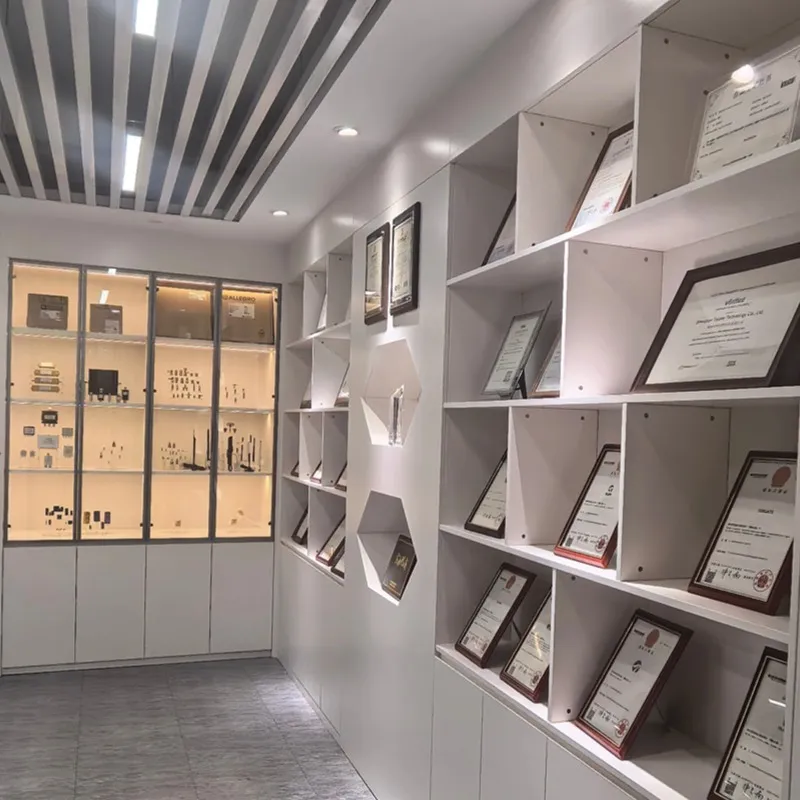
Conclusion: Make Every Connection Count
Choosing the right connector cable isn’t just technical — it’s strategic.
A mismatched or low-quality connector? That’s how downtime and data loss start.
Think about more than just fit.
Consider the signal type, installation environment, certification, and build quality.
Match your connector to your cable, and your cable to your signal.
Whether you’re moving data, video, or power — the right combo performs better, longer.
Good connections aren’t luck — they’re the result of smart choices.
Take the time to choose well, and you’ll avoid troubleshooting headaches later.
With these insights, you’re ready to build connections that last.
Need help selecting? Talk to TEJTE’s experts →
Bonfon Office Building, Longgang District, Shenzhen City, Guangdong Province, China

A China-based OEM/ODM RF communications supplier
- Customized RF Adapter Cable
- Custom RF Connectors
- Custom RF Adapter
- Custom Millimeter Wave Test Adapter
- Custom RF Antennas
- Custom RF Coaxial Cables
- Custom RF Coaxial Power Splitter
- Custom RF Coaxial Load
- Custom Electronic Module
- Custom Connectors
- Custom Push Button Switch
- Custom Capacitors
- More New Products
Table of Contents
Owning your OEM/ODM/Private Label for Electronic Devices andComponents is now easier than ever.
